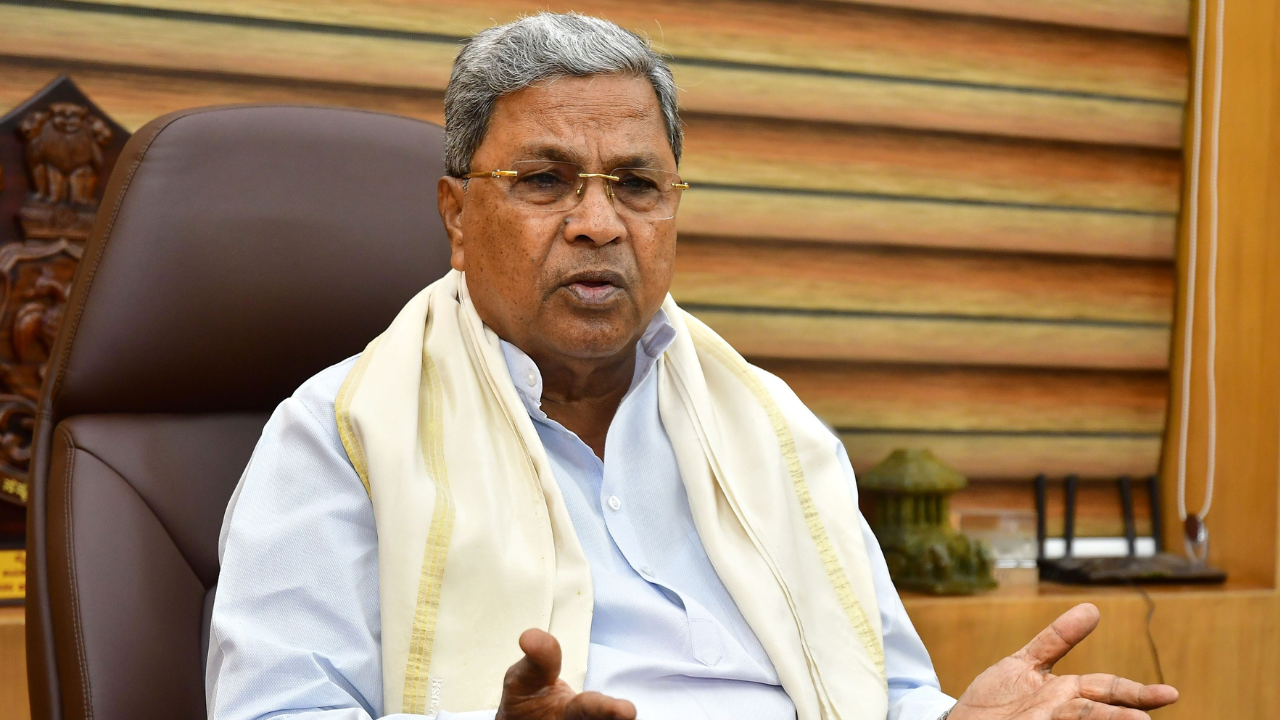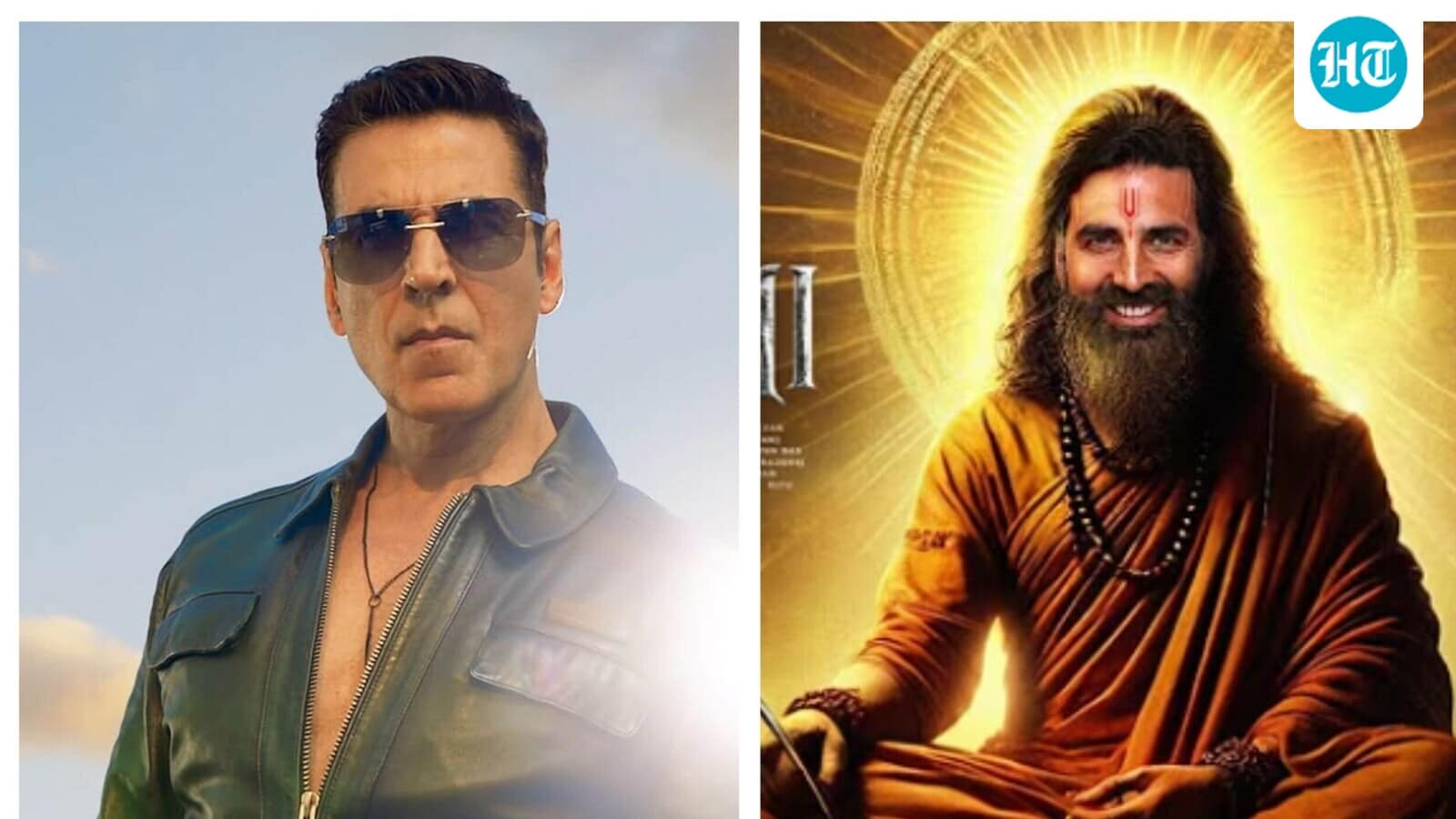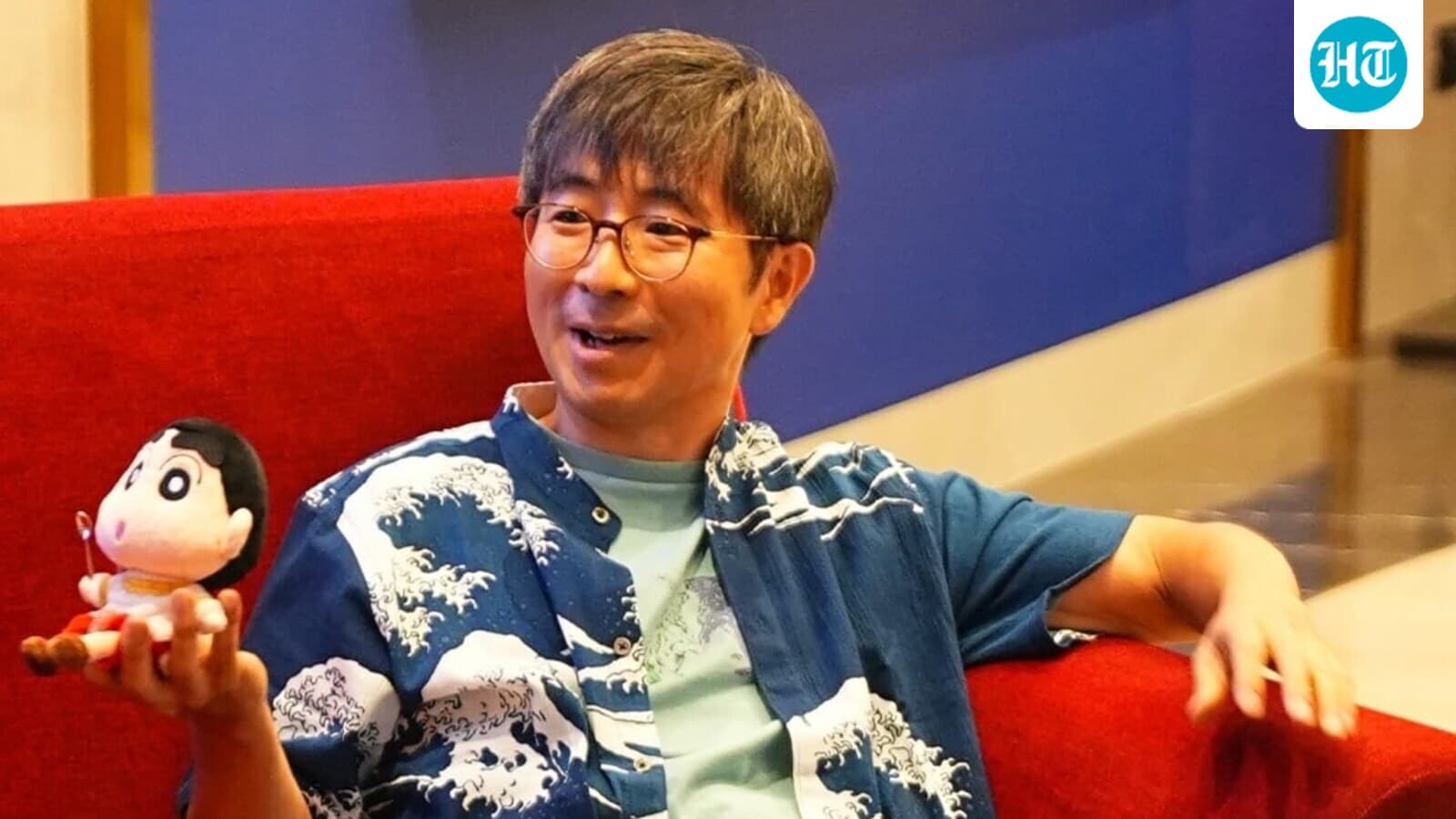He is all set to bring Shin Chan to India for some adventures with his next film, and the aim behind it was: director Masakazu Hashimoto would get a chance to visit India for the prep!

Talking to us during his recent Delhi visit, he shared, “The first Indian film that I saw was Muthu: The Dancing Maharaja (starring Rajinikanth, the 1995 film has been popular in Japan) Since then I thought India would be a good fit for Shin Chan. I knew if I made him come to India, I would be able to come here for location hunting too!”
Having directed many animated Shin Chan films before The Spicy Kasukabe Dancers in India, he knows the character inside out by now. We mention to him that the cartoon character had found immense popularity when it had started airing as a show in the early 2000s, but faced a lot of criticism for it’s content. Ultimately, the content was toned down. Masakazu says the character has evolved a lot in Japan as well, “I wasn’t aware of the censorship issues in india, but Shin Chan has changed over the years. In Japan, it is not censorship, but there is regulation on what is fit for children. That is not bad because it is protecting them. For example, I am now blessed with children, and I ask them to not show their butts. Because Shin Chan is the children’s hero, everything he does is copied, mimicked by them. I feel these changes are for the good.”
While India accepted animated films from all around the world, our own animation films never really took off. Mahavtar Narsimha earlier this year was a rare exception. Ask him what he feels could be a possible reason for anime doing so well and not our own Indian films, and he says, “There are several reasons. For example, in Japanese animation, the producers are well aware that it is going to be shown to a global audience so it’s very high quality. In India, it’s not just Japanese content but also other international content available too, which Indian audiences are ready to accept.”












